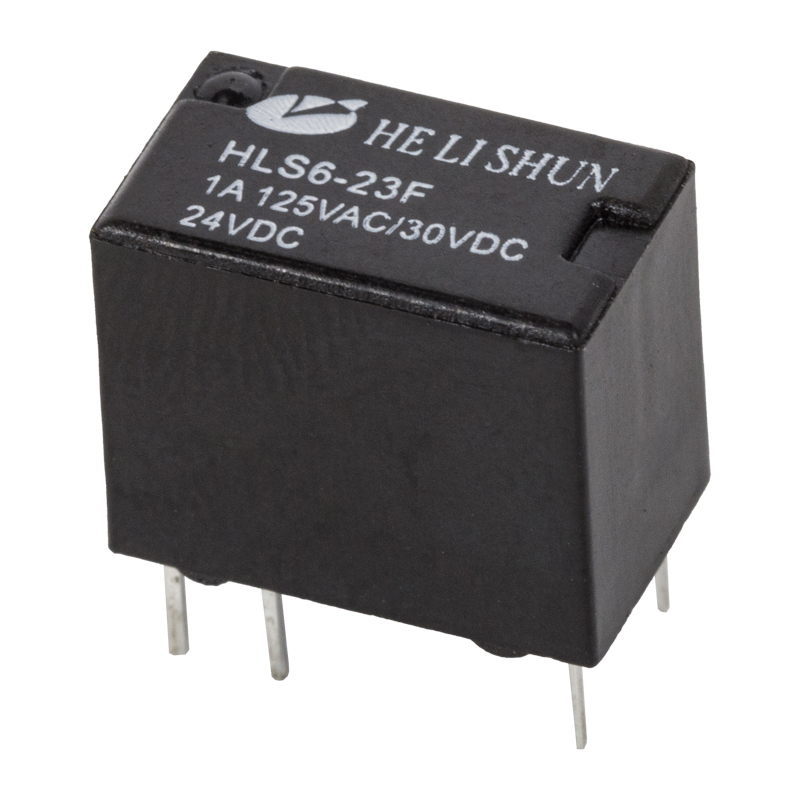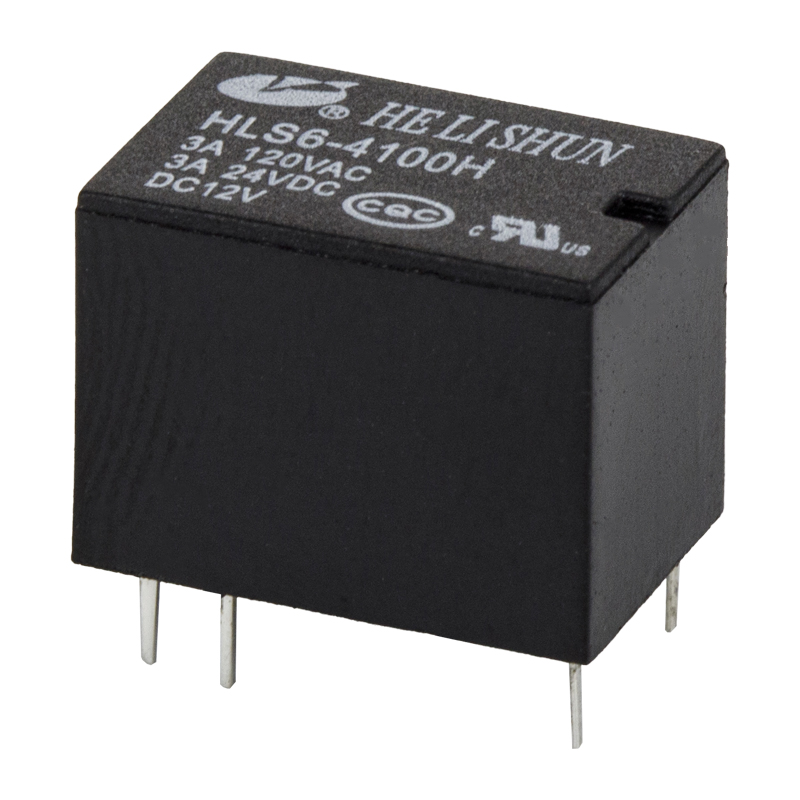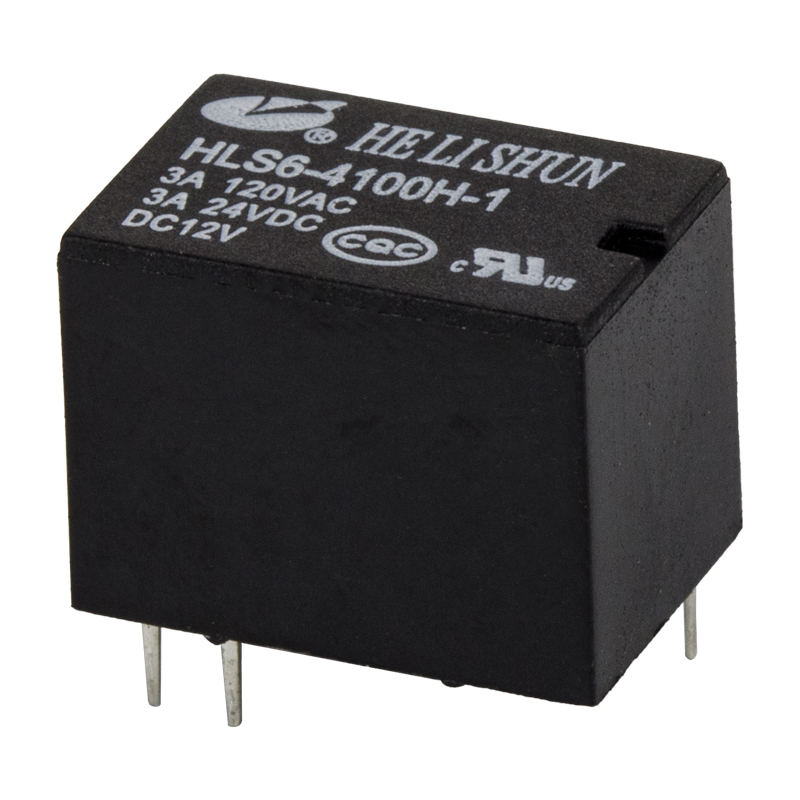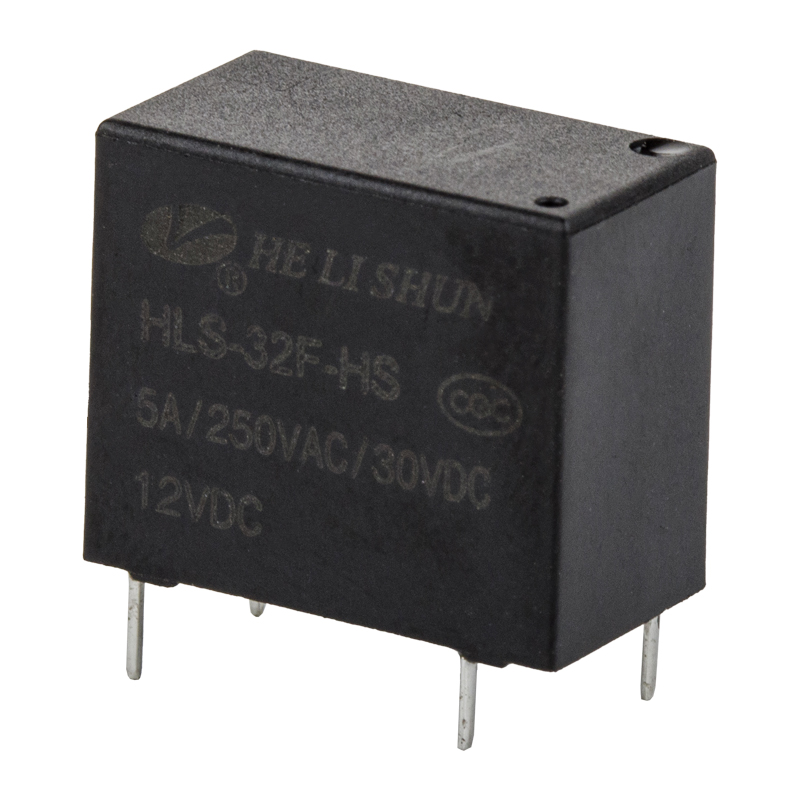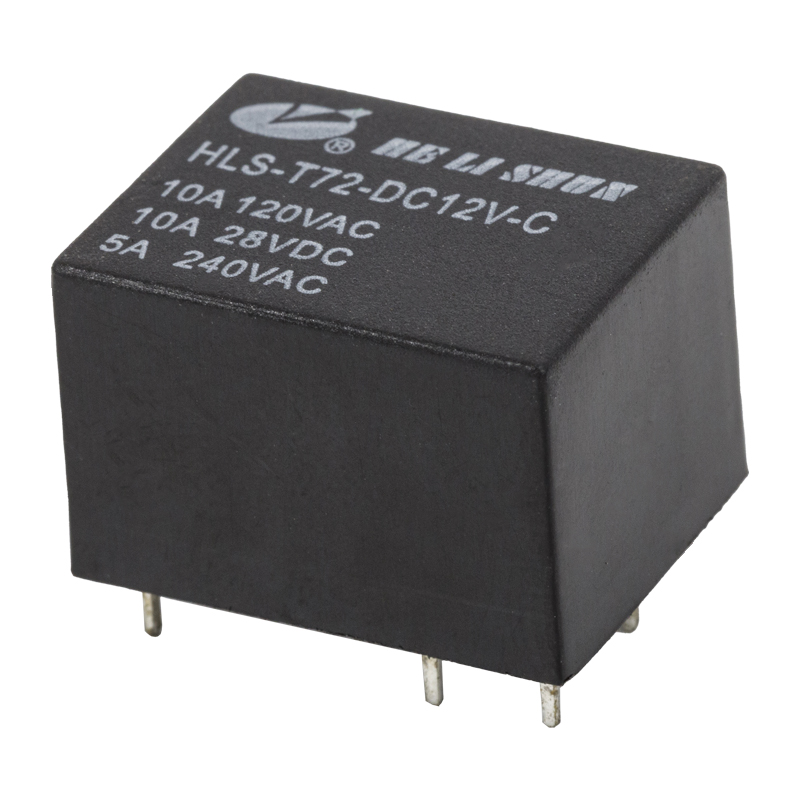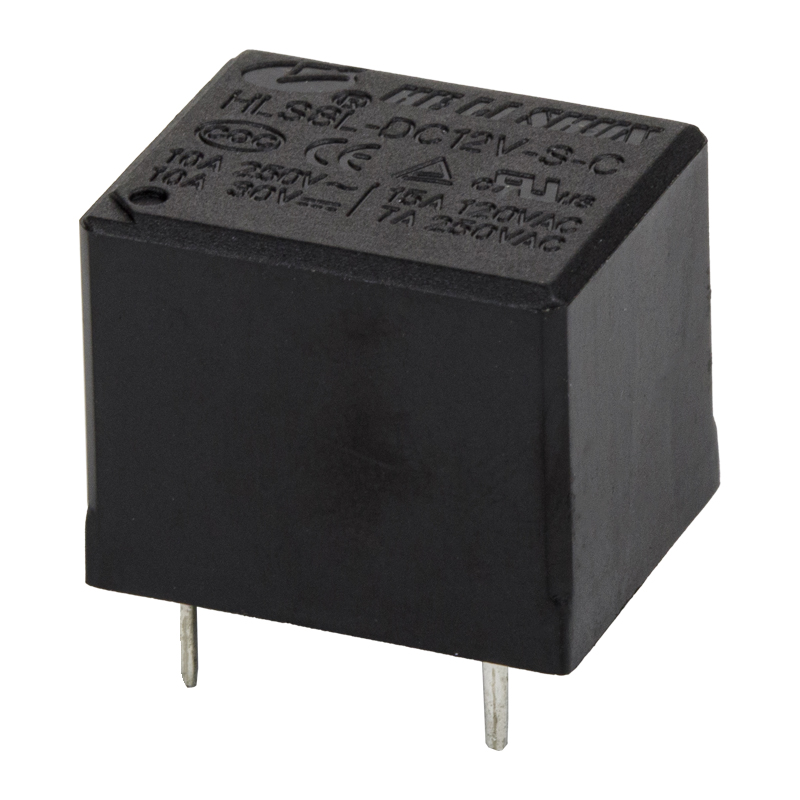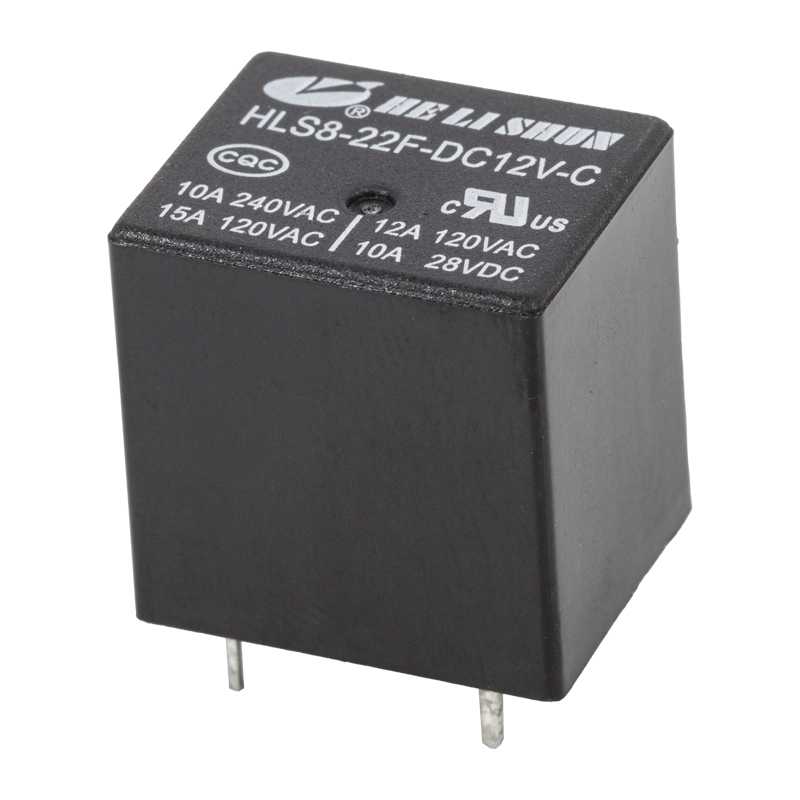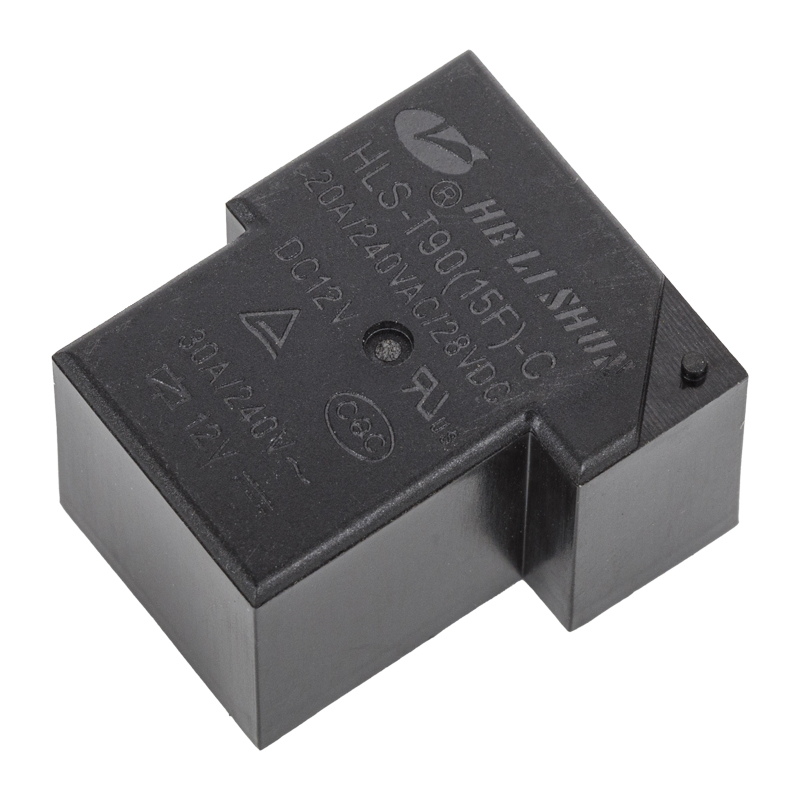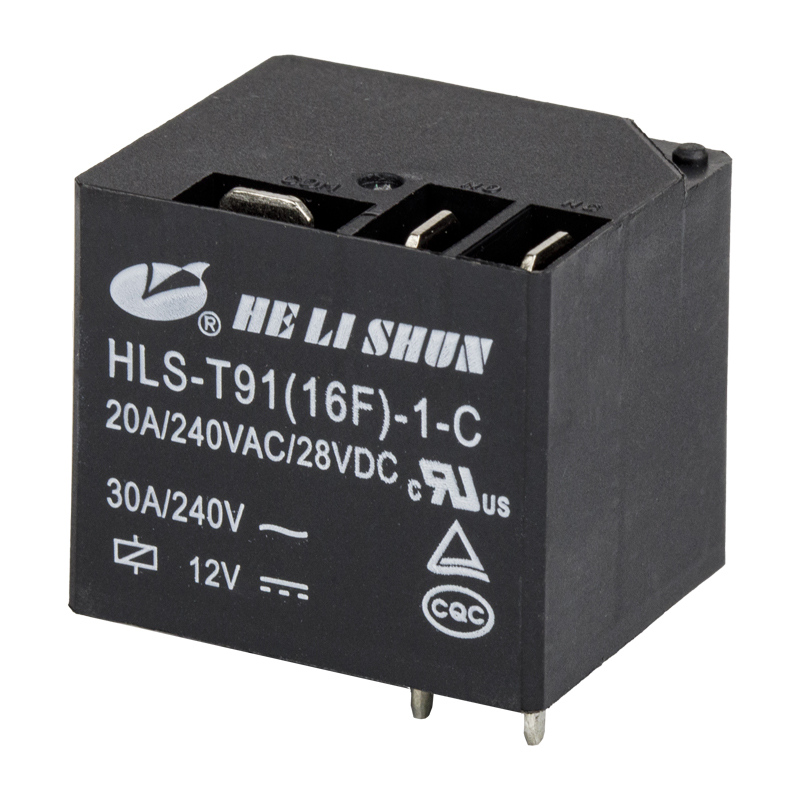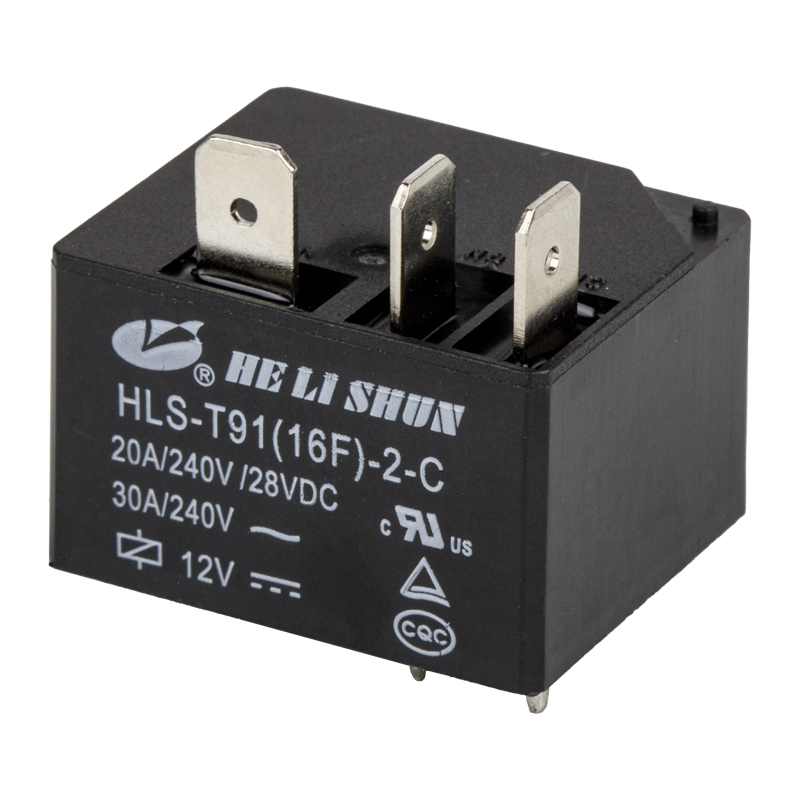High humidity environments may cause corrosion of contact materials inside telecom relays, especially metal contacts. Metals are easily affected by moisture and may produce an oxide layer, which affects the conductivity of the relay and causes poor contact. Long-term exposure to humidity may also cause relay failure or performance degradation. Low humidity environments may cause the lubricating oil or protective layer inside telecom relays to dry out or fail, which in turn affects the working stability of the relay. In addition, low humidity may also cause static electricity problems, resulting in unstable electrical contact of the relay and even electrical breakdown.
For telecom relays that need to be used in high humidity environments, moisture-proof packaging technology is usually used, such as sealed housings or moisture-proof coatings to protect internal components. This can effectively prevent the internal circuit components of the relay from being directly exposed to humid air to prevent corrosion and damage. The contact materials in telecom relays are usually made of metal alloys that are resistant to oxidation and corrosion, and the metal surface is usually coated with an anti-corrosion coating to extend its service life.
In equipment or systems using telecom relays, it is best to install a humidity monitoring device to monitor the humidity changes in the surrounding environment in real time to ensure that it is maintained within an appropriate range. If the humidity exceeds the set range, the relay can be prevented from getting wet by adjusting the environment or enabling dehumidification equipment. In an environment with low humidity, a humidifier can be used to increase the air humidity to prevent the circuit components from being too dry and reduce the accumulation of static electricity; in an environment with high humidity, dehumidification measures need to be taken, using a dehumidifier or a sealed device housing to protect the relay.
Rapid changes in temperature and humidity can easily cause condensation inside the relay. Condensation can cause corrosion and short circuits of metal contacts, which may cause the performance of the relay to deteriorate or be damaged in severe cases. Therefore, in an environment with drastic changes in temperature and humidity, the relay must have a good waterproof design and stable working performance. The design of the telecommunications relay needs to ensure that it can work normally in an environment with large changes in temperature and humidity. If the relay is designed for such an environment, it usually has a special moisture-proof and waterproof structure, and even uses materials with better sealing to ensure that it can maintain its normal function under changing humidity conditions.
For the use requirements in a specific environment, a relay suitable for the humidity range of the environment should be selected. For example, some relays are designed specifically for high humidity environments, with special moisture-proof and corrosion-resistant materials or treatment processes, while other types of relays may not be suitable for environments with too high or too low humidity. Make sure the selected relay meets the relevant environmental test standards to provide reliable performance in actual applications. If the working environment is particularly harsh, you may need to choose a relay product designed for such an environment.
The contact points of the relay need to be checked regularly to ensure that there is no water accumulation, corrosion or oxidation. For relays in high humidity environments, pay special attention to the cleaning and protection of the contact points. You can regularly wipe the contact points with a dust-free cloth to avoid any impurities affecting its operation. If the relay is used in a humid environment for more than the specified time or corrosion occurs, replace the worn parts in time to ensure that the equipment continues to operate normally.




 English
English 中文简体
中文简体
